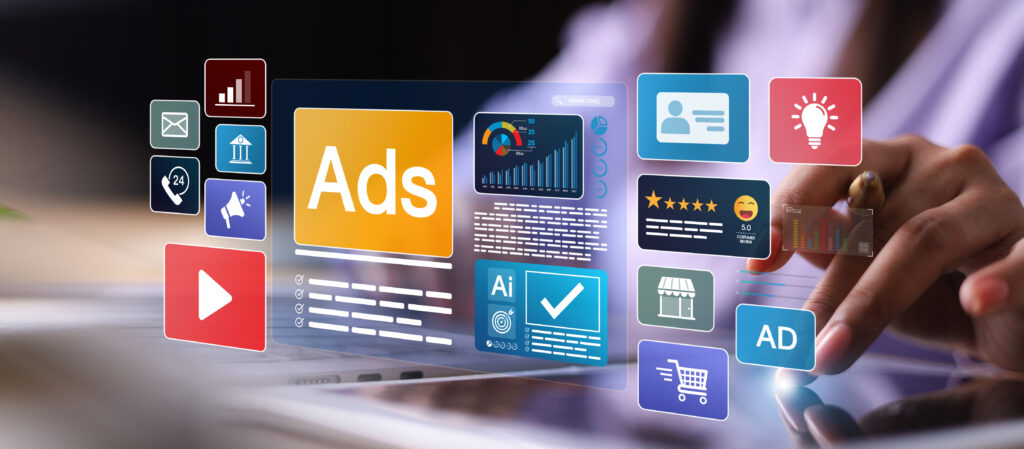brand identity
How to Create a Style Guide for Your Brand
Creating a style guide for your brand is essential to ensuring a smooth, deliberate, clear, and intentional message in your marketing and brand representation. Knowing how to create a style guide for your brand is a valuable skill—one you can use as an entrepreneur or in service of a corporation of any size. A successful…
The Essential Elements of a Great Homepage
Unless you’re driving paid ad clicks to a specific landing page, your website’s homepage is the first section of the site your visitors will see. It doesn’t matter if your site has dozens of other pages full of great content. How your customer feels when they walk through your virtual front door will create a…











